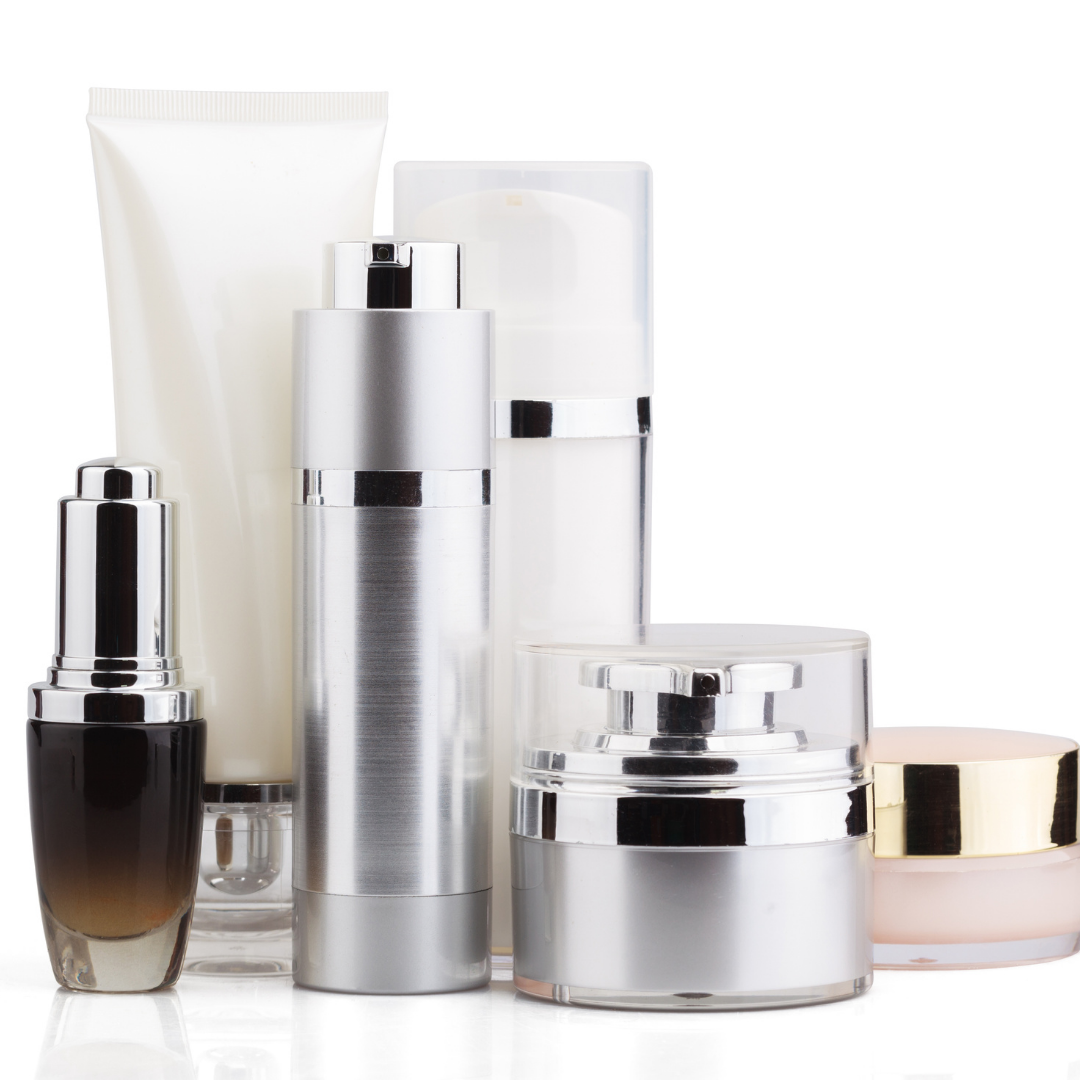Many wholesalers will weigh up the benefits between plastic and glass being used for cosmetics packaging. It is possible to decide as a group which works best in which instance from different experiences in the cosmetics industry. Impacked bring packaging suppliers and buyers together.
Metal is, of course, another material used a lot by the cosmetics industry when it comes to packaging, but for this article, we shall focus on the pros and cons of plastic versus glass packaging for cosmetics products. That is perfumes, skincare products, and deodorants, for example.
Glass
Glass is a material that is non-porous and so is ideal in preventing the cosmetics product from deteriorating due to contamination. Opting for glass bottles in cosmetic packaging brings several advantages to the table. First and foremost, glass’s transparency allows customers to inspect the product’s hue and consistency, offering a clear view of what they’re purchasing. This transparency builds trust and confidence in the product’s quality. Furthermore, the inherent luxury associated with glass packaging is a significant draw for wholesalers and customers alike. Glass imparts a sense of elegance and sophistication to the product, making it highly desirable, not only for personal use but also as a perfect gift choice. As a result of their ability to raise a product’s perceived value, glass containers, like those offered by The Bottle Depot or other such packaging suppliers, can be an excellent choice for cosmetic packaging. This is because it helps enhance the product’s appeal in the marketplace.
That said, it is important to remember that glass is fragile and can get broken more easily than other materials. It is also heavier than its plastic or metal alternatives when it comes to cosmetics packaging.
Plastic
Plastic has the advantage of being light and not adding unnecessary weight to a product that may be carried around. This might be to work or in our travels. For instance, sun cream will come in a tube for this reason. We will want it close by to keep topping up our protection.
We should bear in mind that plastic is squeezable, so this can have many uses when it comes to cosmetics products such as a cream or gel that needs to be squeezed out of something like a tube, as previously mentioned. Another dispensing or application method will need to be looked at with glass, depending on the type of product. It must be noted then that the material chosen may depend on the consistency of the product and there is no one answer to the argument of whether to choose plastic or glass as packaging.
Plastic material is a durable one that is easier to transport between continents or shops without damage. Plastic also allows cosmetic companies to create Custom Packaging for their products, which is a plus in terms of brand marketing. Also, it weighs less which will reduce its cost of transportation.
The Comparison
Comparing glass with plastic, physically glass is heavier and more fragile, and so is harder to transport. This is only a part of the story, though. Wholesalers still consider it worthwhile as a packaging material to use because of how it adds luxury to their product that a retailer and their customer will want to buy. We have to consider that although cosmetics are used daily as part of a routine, they are also purchased as gifts for birthday and Christmas presents. This is where a luxury look becomes a greater consideration. We need to cater to this market. People still have the idea that plastic is a cheaper alternative and so prefer to see a glass product.
Bringing the environment into it, many are down on plastics in general and just see them all as not the most environmentally friendly alternative. Thankfully for cosmetics wholesalers, there are plastic alternatives that are bio-degradable or recyclable. This can be added to labels to make it clear that a company is environmentally friendly in its packaging choice.
The choice between plastic and glass in cosmetics packaging often becomes a choice based on how much a consumer is willing to pay for a product. Glass will put up the transportation cost but, at the same time, add a luxury value to a product. Environmental issues will influence consumers too. Profit margins need to be considered, but if you have a product that is not attractive then it does not matter how much you have saved on transportation costs. It is about knowing your markets, and packaging will fit a certain market.



